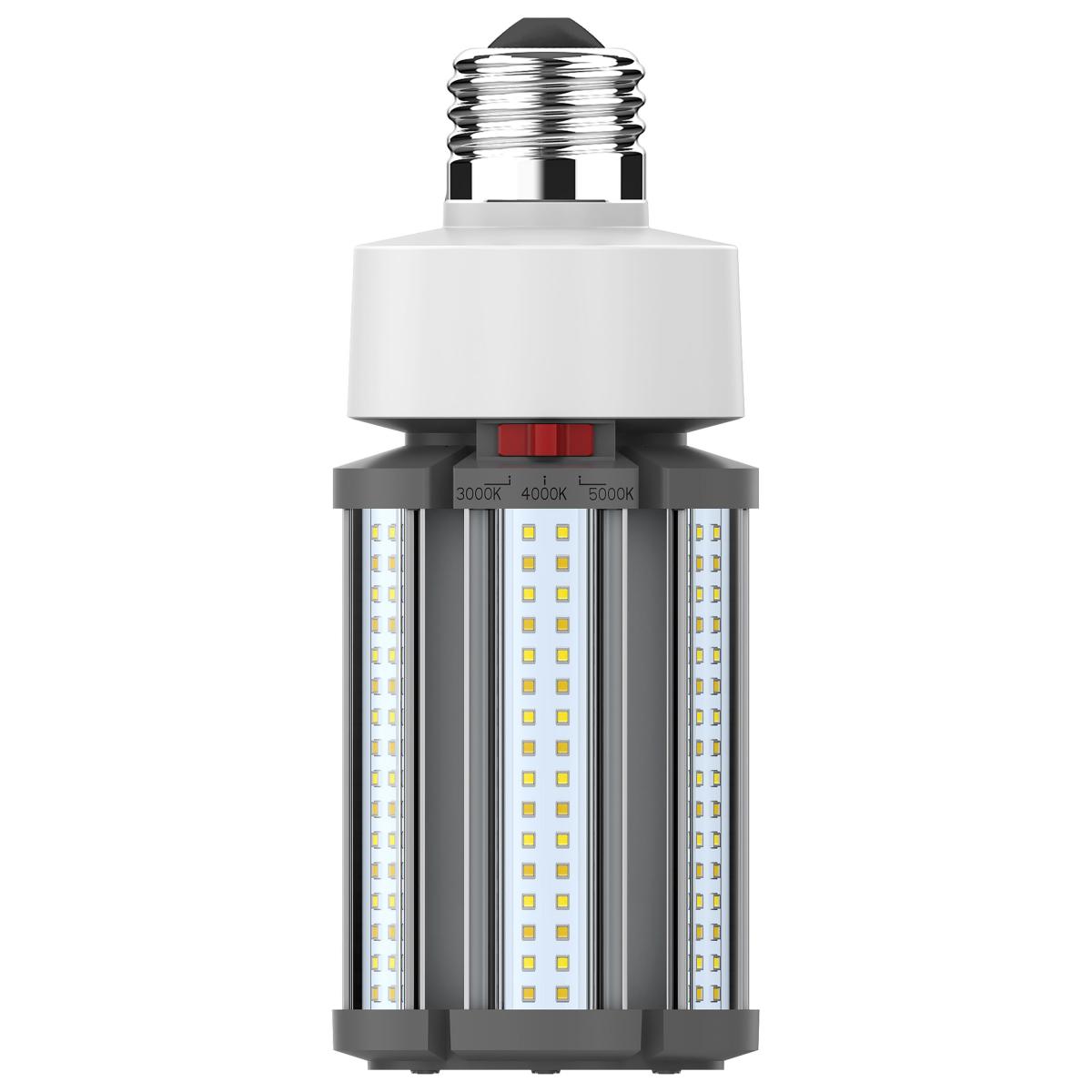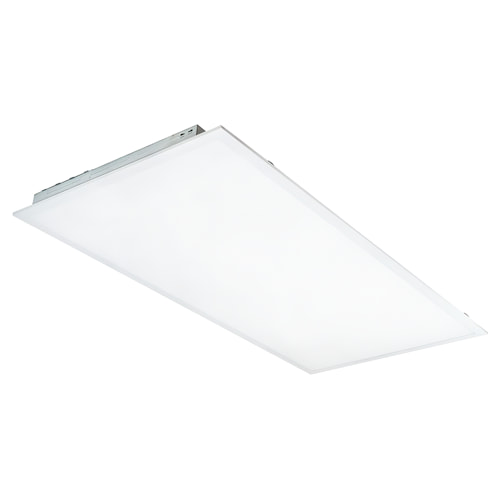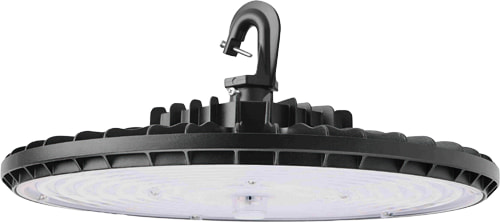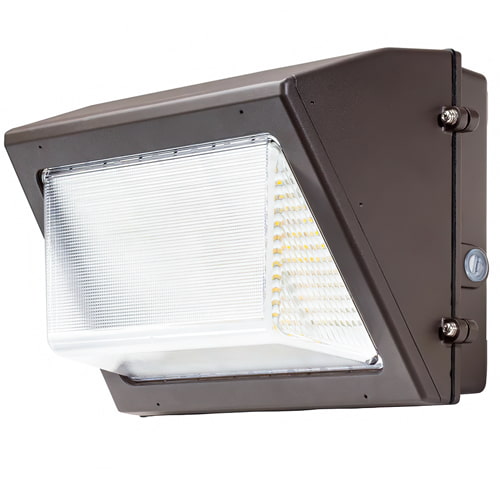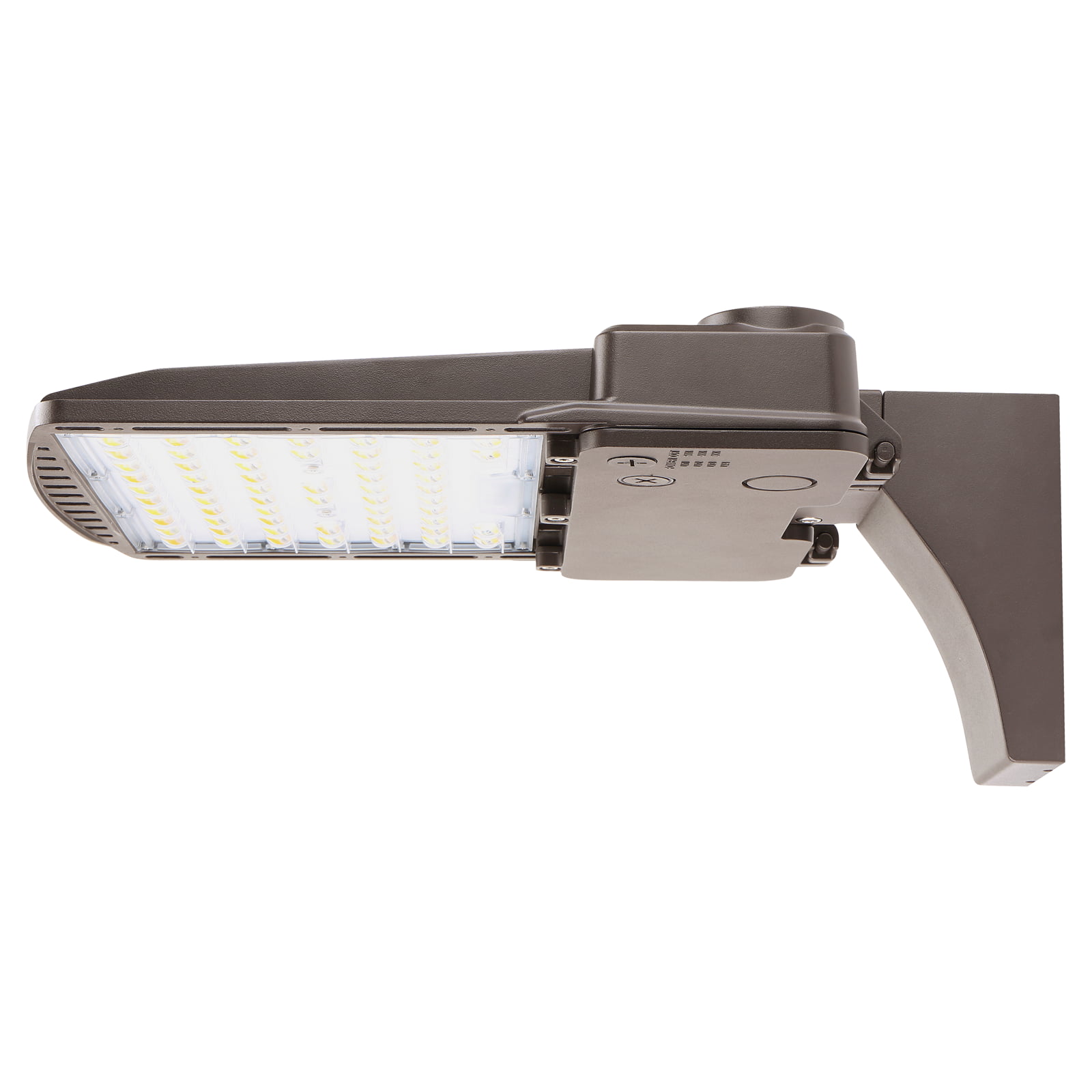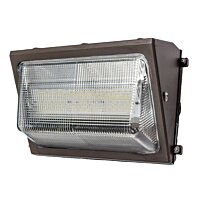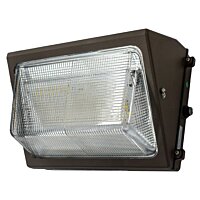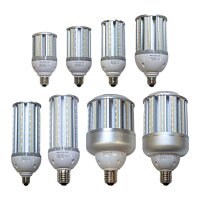LED Church Lighting Guide
As large, indoor buildings holding a significant amount of people, churches have serious lighting requirements that are continuously increasing. This is especially true given the relatively recent emergence of mega-churches and large worship halls with the capacity for hundreds of people. Having quality lighting is vital to ensure the quality of services, as well as to improve safety and security due to better visibility.
One of the biggest changes in church lighting in recent years has been the advent of LED technology. This has almost entirely replaced traditional lighting types for many reasons, namely performance, longevity and cost reduction. In addition to this, LED lighting produces a higher quality of light with a higher CRI rating, improving the lighting accuracy and visibility for worshipers. There are multiple lighting options available for both indoor and outdoor applications, with these being subdivided into different styles and types depending on the particular situation.
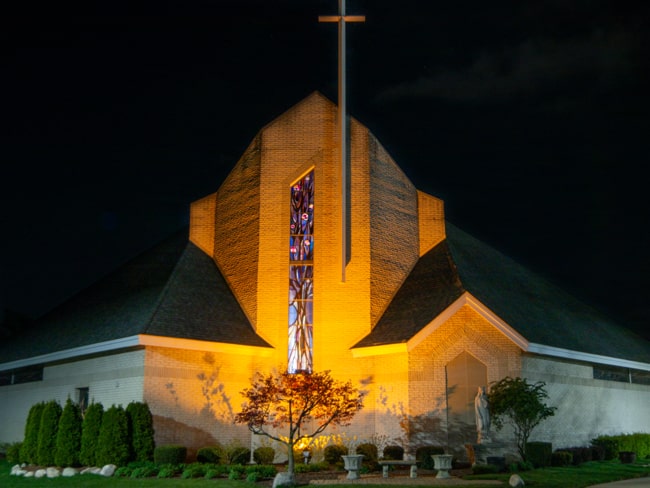
Lighting Selection Factors
One of the largest factors in selecting lighting for a church or house of worship is the layout of the building itself. Certain building designs with tall ceilings may require high bay style lighting to effectively illuminate areas, while others may require flat panel lighting to better fit low ceilings or the interior architecture. For the outdoor areas surrounding a church, there are different options available to be able to tailor the lighting system to the specific layout of the property, such as pole mounted flood lights, wall packs and corn lamps.
In addition to this, certain color temperatures are better suited for church services than others which can affect how lighting options are selected. In general, lights producing color temperatures of 4000K and 5000K are the most popular for worship, due their close approximation to natural light. It is also the ideal color temperature range for visibility, improving the overall experience for congregation members as well as being easier on their eyes.
Church Lighting Design
Here’s an example of a 3D church lighting photometric design constructed by our professional lighting engineers. In this example, recessed ceiling lights were used to illuminate a church auditorium with an average of 43.6 foot candles on the main floor and an average of 37.1 foot candles on the main stage.
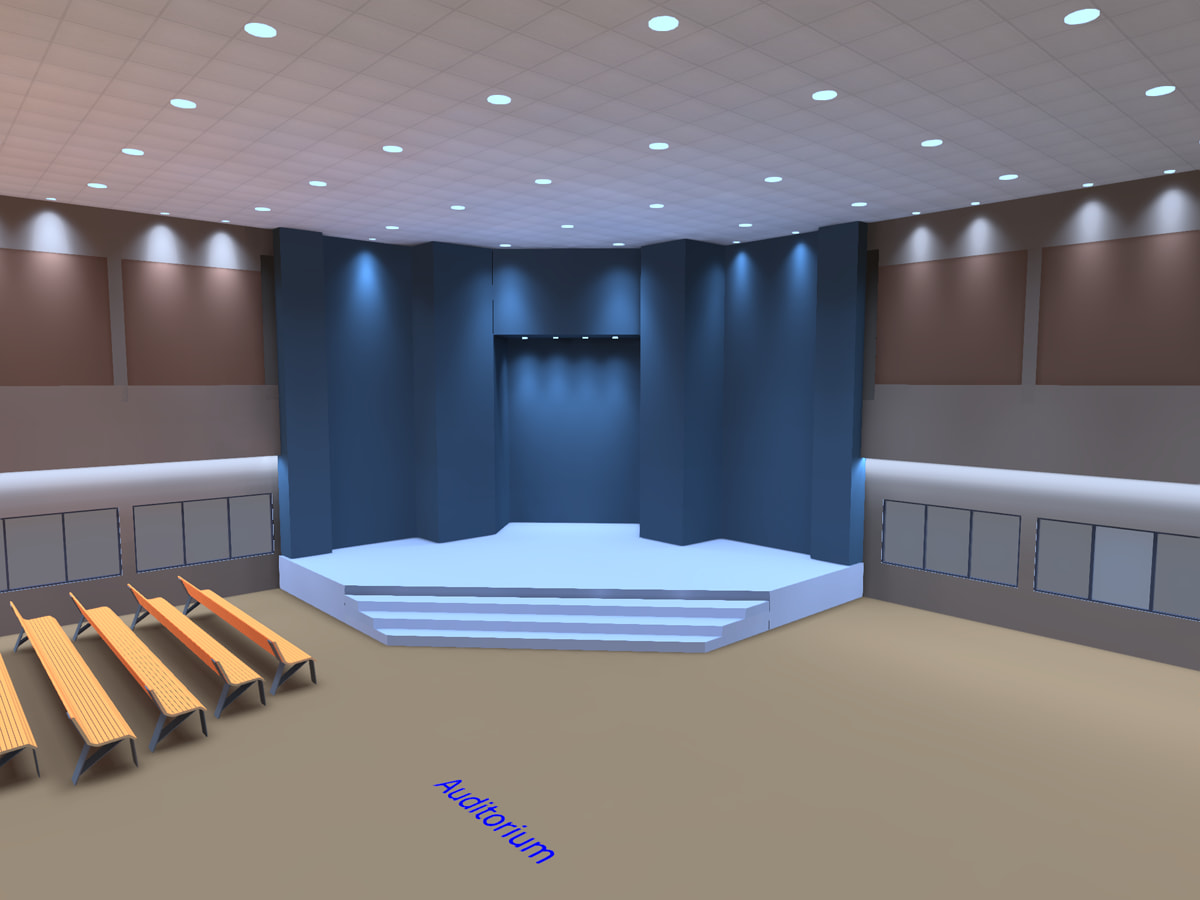
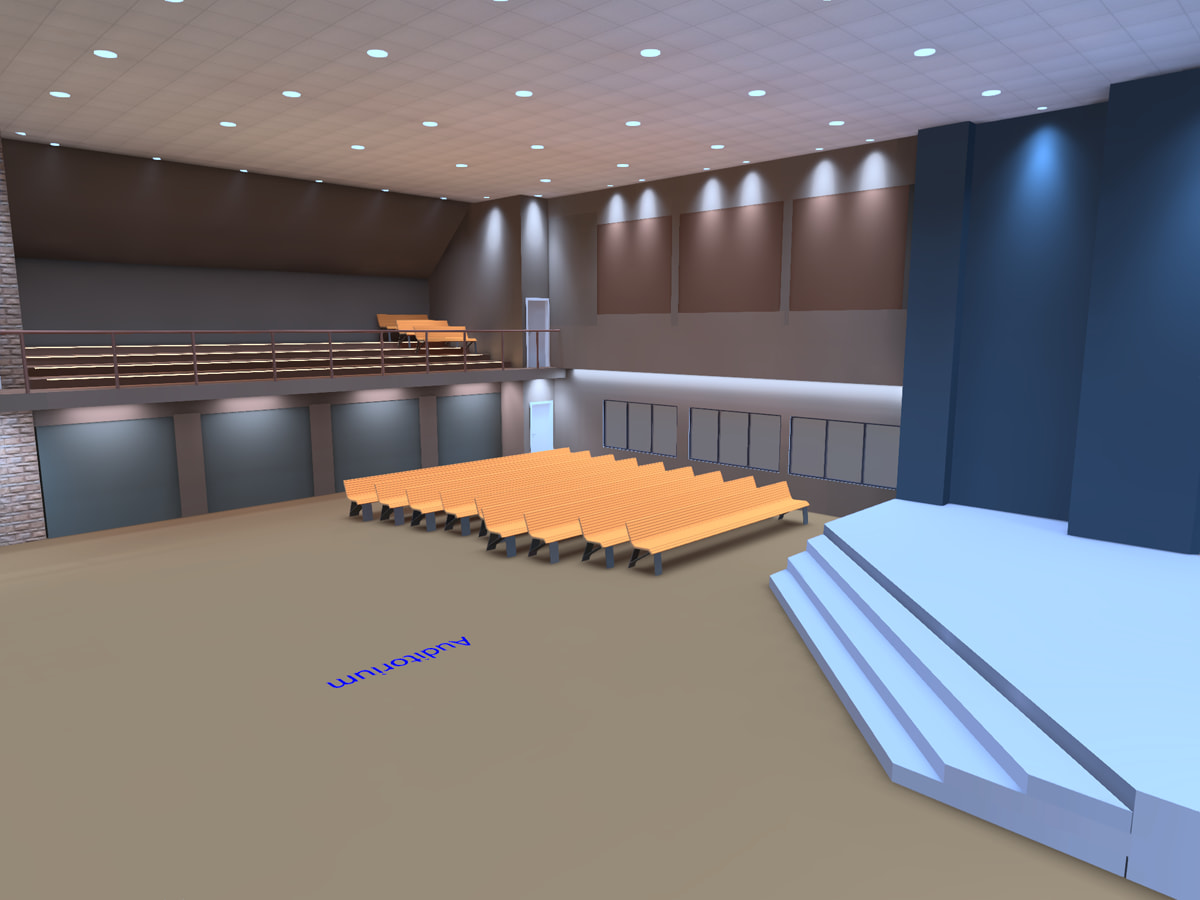
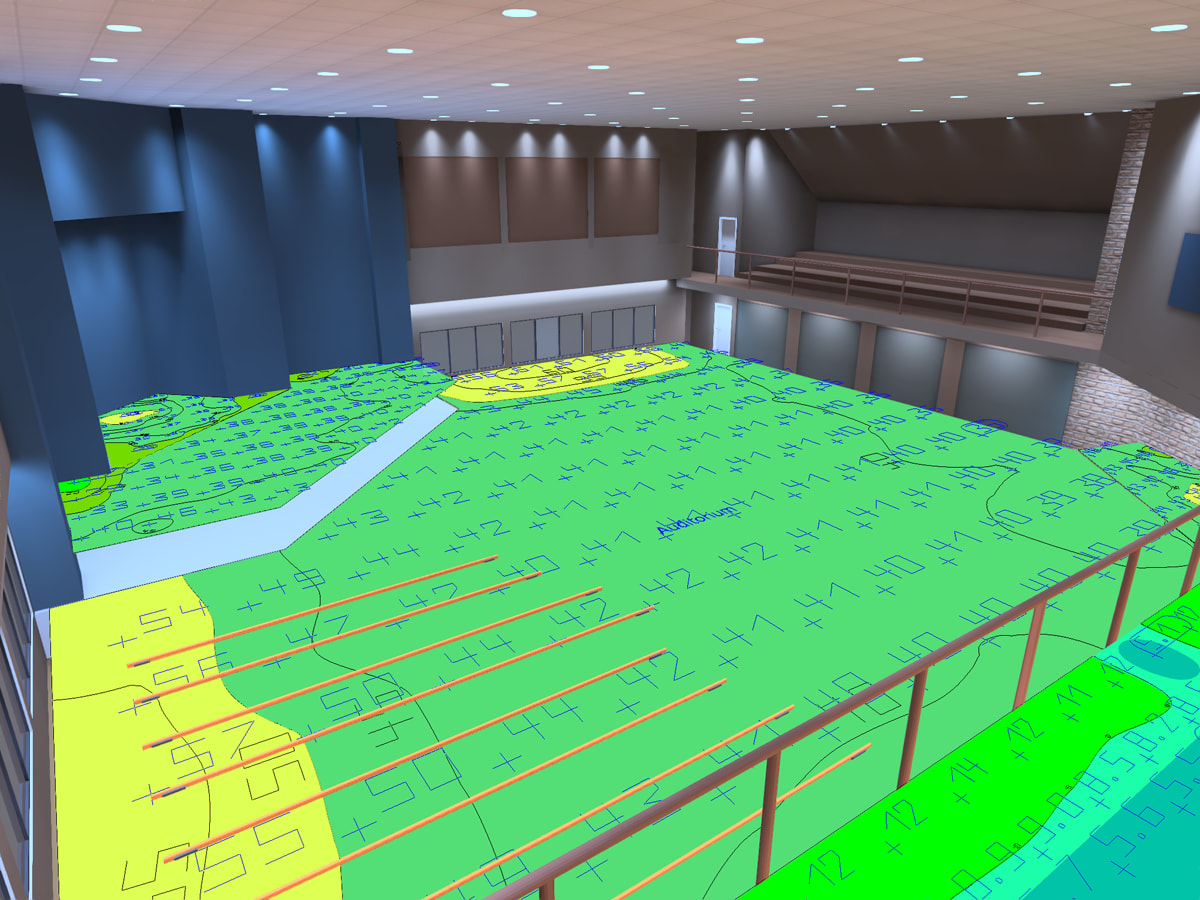
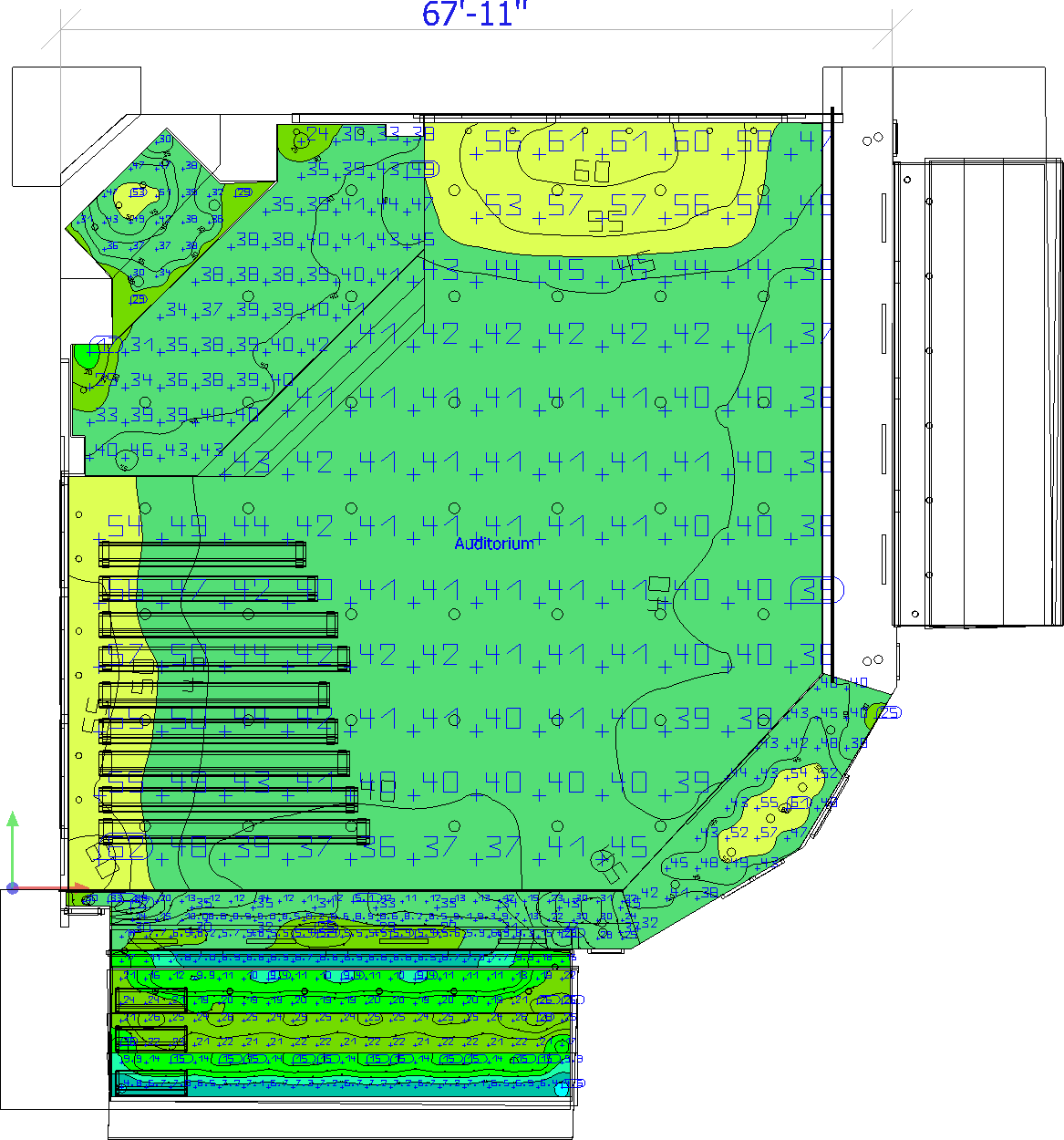
Church Auditorium Dimensions: 67x11 ft
Fixture 1 Type: Recessed Ceiling Lights
Fixture 2 Type: Recessed Doorway Lights
Fixture 3 Type: Recessed Wall Highlighting
Fixture Count: 71
Recessed Ceiling Lights Angle: 10 Inch, 40 Degree Beam Angle
Church Auditorium Floor Illumination: 62.5fc
Church Auditorium Stage Illumination: 45.9fc
Church Auditorium Lighting
Creating an inviting and functional lighting design in a church auditorium is crucial for enhancing the worship experience. The auditorium in the photo above showcases a well-thought-out lighting setup that caters to both practical and aesthetic needs.
The ceiling is equipped with recessed downlights that provide general ambient lighting, ensuring that the space is evenly lit without creating glare or shadows that could distract from the service. This ambient lighting is soft enough to create a peaceful and reverent atmosphere but also bright enough to allow for reading and safe navigation through the aisles.
Focused lighting fixtures, such as the track lights along the beams, are strategically positioned to highlight the stage and altar area, drawing attention to the central points of the service. These lights can be adjusted to accommodate different events or times of day, ensuring that the area is well-lit for speakers, musicians, and other activities that take place during worship.
On the walls, sconces add an additional layer of light and contribute to the aesthetic of the space. They cast a warm glow that complements the natural stone, enhancing the architectural features and creating a sense of depth and warmth in the room.
For multimedia use, such as presentations or video screenings, the lighting design incorporates controllable options that can be dimmed or turned off to accommodate the screen's visibility without compromising the overall lighting of the space.
This church auditorium's lighting design balances function and form, creating a versatile space that supports a wide range of worship and community activities while also contributing to the sanctuary's sacred and welcoming atmosphere.
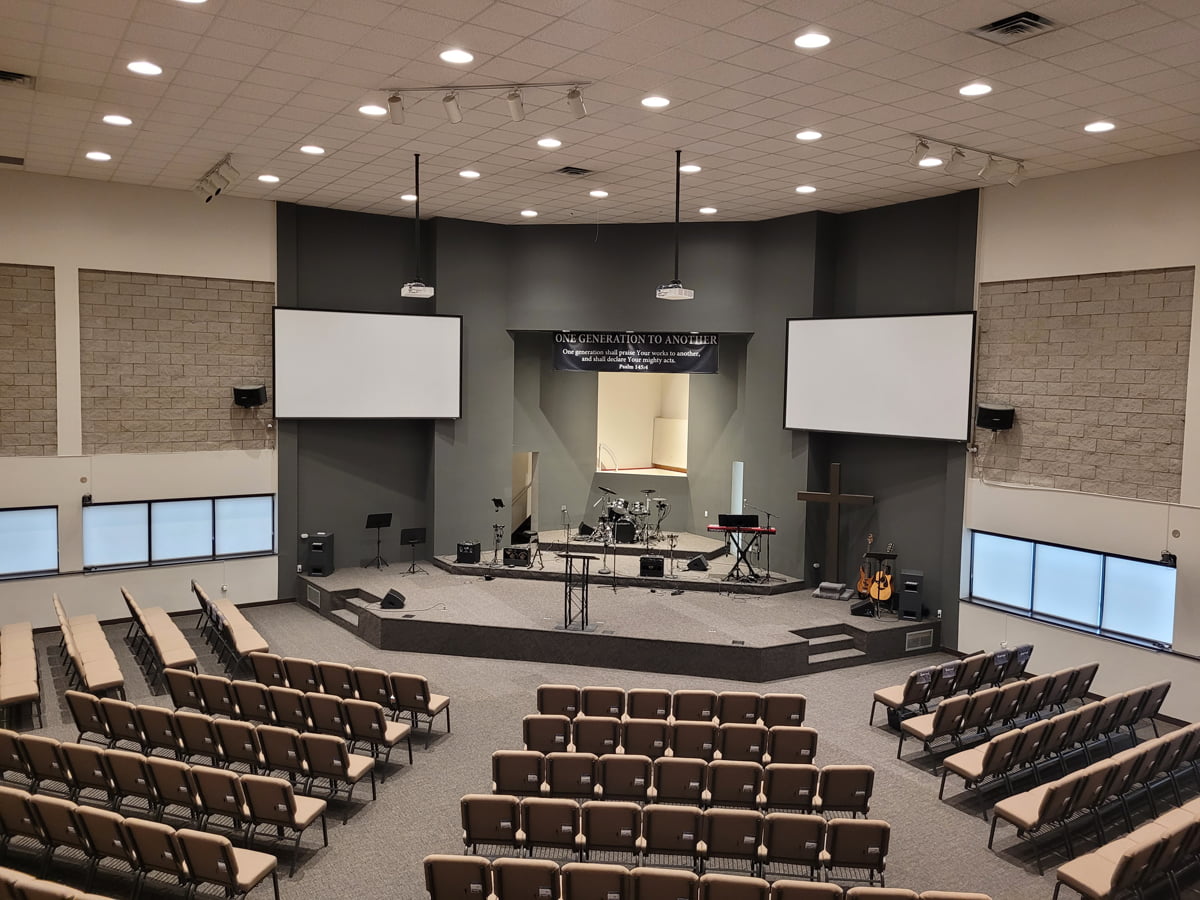
Church Sanctuary Lighting
Sanctuary lighting is of especially high importance to church leaders and officials as it has a large impact on the focus of the congregation towards the central part of church services. There are multiple types of lights that work well for this purpose, depending on the layout and configuration of the interior of the building surrounding the sanctuary. The most popular are LED high bay lights, as these provide the most intense and focused beam.
To expand upon this, there was a published research study on church lighting that discusses the most ideal lighting within a church sanctuary. According to the study, a light source with a colour temperature of around 4000K is ideal to direct the sight of the congregation in this direction and to provide a higher level of illumination on the book stands of the lectern and pulpit, so that the reader can see the script easily. (ResearchGate, 2014, Lighting for the Built Environment: Places of Worship)
Indoor Church Lighting
Lighting options for the indoor portion of a church vary quite a bit depending on the interior and architectural design of the particular building. The height of ceilings as well as the floorplan of the church will have a large impact on the type of fixture chosen. In most cases however, the most popular type of ceiling mounted lights are high bay type fixtures, as these provide intense light from high up, keeping them out of the view of the congregation and avoiding unnecessary glare and distracting light.
Additionally, flood lights are a popular choice for more stylistic lighting, such as lighting a crucifix, altar, pulpit or other important and notable feature in the church building. Because many of these flood lights can be angled and adjusted to specifically suit the application, they are quite popular as a choice for indoor lighting in churches and houses of worship.
Outdoor Church Lighting
When looking to illuminate the outside of a church and the property surround the building, there are a wide range of options to choose from. The first and most popular option for outdoor church lighting are wall packs, which are simply flood lights that mount vertically on the exterior of the building itself. This provides excellent visibility to the immediate artist surrounding the church, improving safety for churchgoers as well as security against unwanted activities.
Flood lights are another popular option for outdoor lighting on church grounds, both for parking lots as well as other types of illumination duties. For large scale churches with expansive parking lots, there are few better options than LED pole mounted flood lights to provide intense illumination with a wide coverage area. These lights are the number one choice to replace aging HID and sodium lamps, as well as new construction applications.
For smaller scale lighting applications such as the illumination of statues, figures and signage, smaller yoke and knuckle mounted flood lights are a solid choice. These can be adjusted to the appropriate angle to optimally light any object or area. For walkways and smaller parking lots, corn lamps are a popular choice to replace existing E26 and E39 base fixtures such as traditional closed sidewalk lamps.
Church Lighting FAQs
Q. What lighting color is best in church?
Generally speaking, the best lighting color for church and worship services is in the 4000K to 5000K range. This is the closest approximation to natural sunlight and provides the best visibility and lighting accuracy for congregations.
Q. How do you reduce glare from lights in church?
The best way to reduce glare is to first select the correct lumen output for the specific application. Too high of a lumen output can cause unwanted glare, and distract from the services taking place. Additionally, selecting the right style of fixture is important as certain fixtures create a wider, less focused beam that is less likely to cause glare.
Q. Can I upgrade existing lighting fixtures?
Depending on the type of fixture, there are options to upgrade to LED technology. The most popular upgrade option is retrofitting E26 and E39 base lights to LED corn lamps, as well as upgrading T8 fixtures to LED tube lights.

